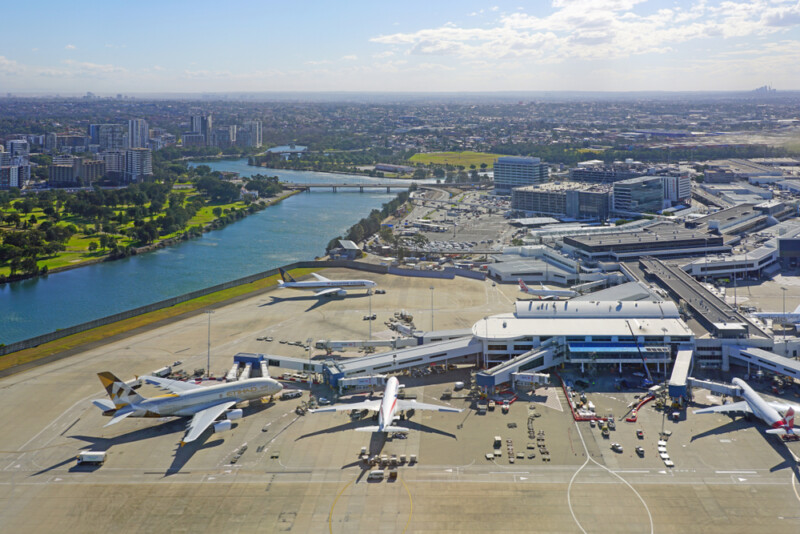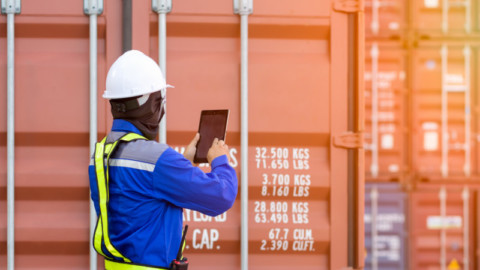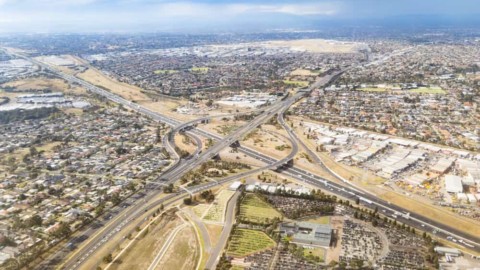The Federal Government has released its Aviation Green Paper, which details a number of key sustainability issues facing the sector, and aims to inform the creation of a policy-setting Aviation White Paper.
The Green Paper states that as a ‘hard-to-abate’ industry, aviation faces unique challenges in reaching decarbonisation goals.
The Paper states that there will be a range of measures that will help maximise aviation’s contribution to net-zero including efficiency gains, propulsion technology advancements, use of high-quality offsets and the development and uptake of Sustainable Aviation Fuel (SAF).
To guide the transport sector’s transition to net-zero, the Federal Government has said that it will lead development of a Transport and Infrastructure Net Zero Roadmap and Action Plan.
The Roadmap and Action Plan is expected to deliver evidence and leadership to accelerate decarbonisation across the transport and transport infrastructure sectors, including the aviation industry, as well as offer industry policy clarity to support investment decisions in decarbonisation of assets and fleets.
The Roadmap is also expected to outline the roles of different governments, industry and the community, and share best practice to demonstrate shared responsibility.
In July 2023, the Federal Government announced the development of government-guided sectoral plans to support Australia’s Net Zero 2050 plan.
The Roadmap will form the Federal Government’s sectoral emissions reduction plan for transport and its development will support consideration of proposals to be considered in the Aviation White Paper.
The Green Paper outlines a number of key points:
- Aviation generates approximately 2.5 per cent of the world’s carbon emissions and domestic aviation accounts for about seven per cent of emissions from the transport sector
- Aviation’s proportionate emissions impact is expected to grow as other sectors continue to decarbonise
- Factors such as the need for light, high energy density fuels and limited available substitutes make aviation a ‘hard-to-abate’ sector
- Key measures to maximise aviation’s contribution to net zero include; efficiency gains, new propulsion technologies, high-quality offsets, and SAF, which will all need to be pursued to reach net zero by 2050
- The international community is embracing these opportunities, with governments and industry committing to ambitious decarbonisation targets. Key trading partners such as the US, United Kingdom, Europe and Japan are all taking action
- Through the Safeguard Mechanism, Australia’s two major emission-producing entities in aviation – Qantas and Virgin Australia – are required to reduce their emissions intensity by 4.9 per cent per year to 2030
Through the Green Paper, the government is seeking feedback on aviation matters, including:
- Airlines, airports and passengers – competition, consumer protections and disability access settings
- Regional and remote aviation services
- Maximising aviation’s contribution to net zero
- Airport development planning process and consultation mechanisms
- General aviation
- Fit-for-purpose agencies and regulations
- Emerging aviation technologies
- Future industry workforce
- International aviation
The Green Paper was informed by the Scenario Analysis of the Future of Australian Aviation report undertaken for the Department by L.E.K. Consulting.
Submissions on the Green Paper will help to inform the development of the Aviation White Paper, to be released in mid-2024.
The Federal Government has said that it will also engage with stakeholders through a series of roundtable sessions in October and November 2023.
















